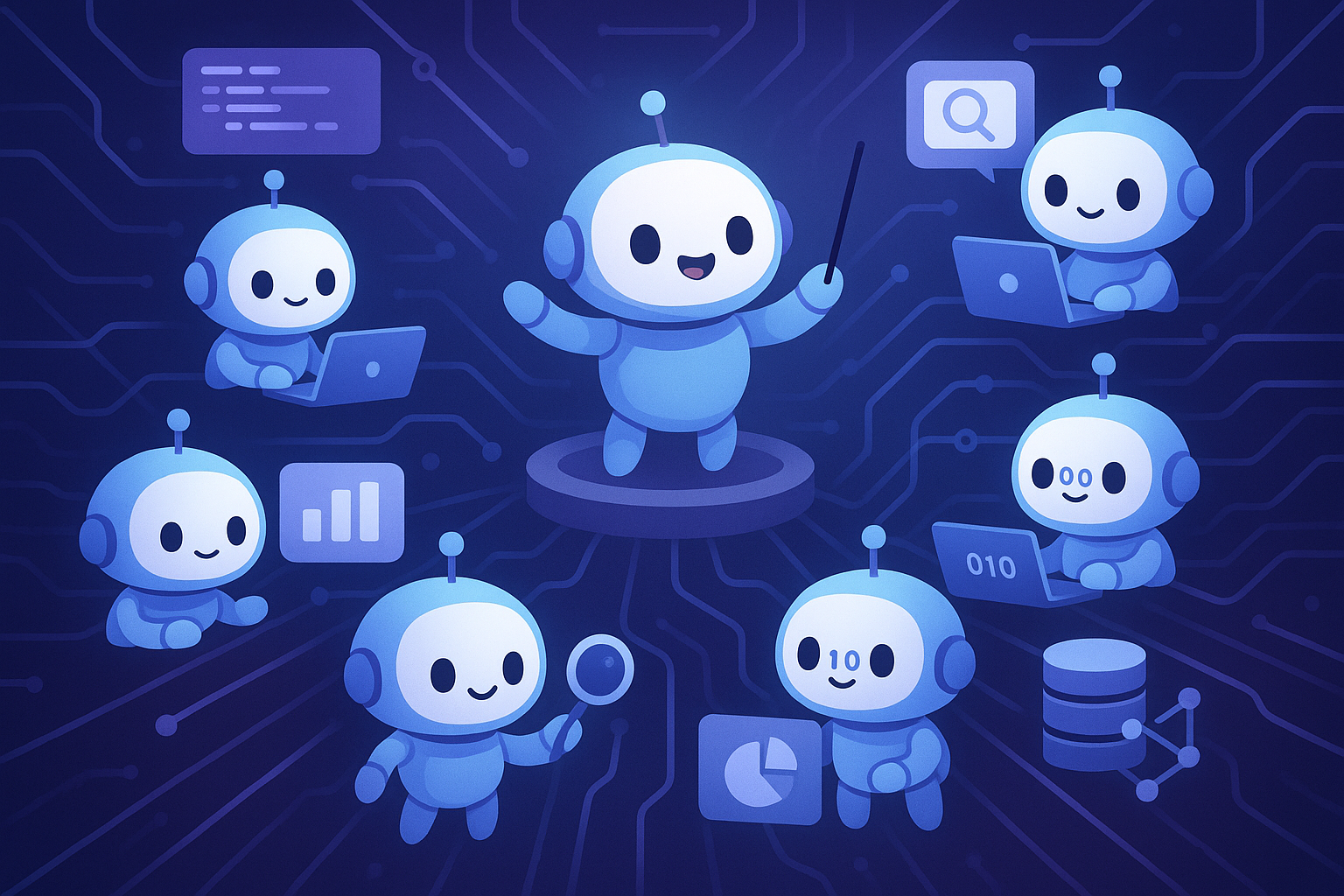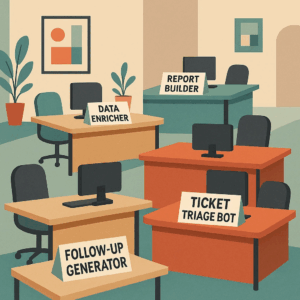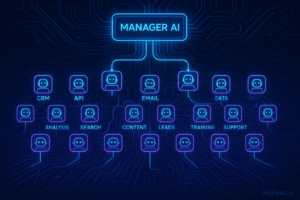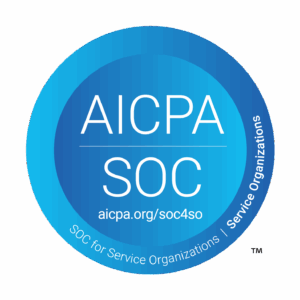In the not-so-distant past, AI meant a chatbot: an interface that could answer simple questions and maybe schedule a meeting. Today, we’ve crossed into a new era; agentic AI powered by frameworks like Langchain and Cohere. These systems aren’t just smarter, they’re orchestrated, hierarchical networks of bots working in concert to solve complex tasks with context, speed, and precision.
From Simple Chatbots to Intelligent Agent Ecosystems
Modern AI systems operate more like teams than tools. Behind a single user interface is an army of specialized bots, each with a defined role, schema, and access to specific tools like CRMs, inboxes or API endpoints. These sub-bots collaborate in real time, guided by a manager agent that coordinates their activity and synthesizes results. The final output feels human, but it’s the product of dozens of rapid-fire exchanges under the hood.
Automation Without the Bloat
And here’s a powerful truth: agentic AI isn’t just theory – it’s what’s happening now. From sales outreach to data enrichment to customer support, companies are already replacing layers of manual labor with intelligent automation. This isn’t traditional robotic process automation (RPA); it’s a more fluid, contextual version.
AI systems can now:
- Make API calls
- Write personalized follow-ups
- Handle ticket triage
- Manage repetitive workflows
So what’s the impact? Smaller teams, faster turnaround, and fewer blockers between idea and execution.
Multi-Modal, Context-Aware Intelligence
Today’s AI doesn’t stop at text – it sees, hears, and interprets.
With multi-modal capabilities, AI agents can:
- Understand video, images, and audio inputs
- Navigate hybrid data environments
- React in real time based on dynamic information
This level of contextual awareness is revolutionary. Traditional software is rigid, whereas agentic AI is adaptive.
Rethinking Roles and Responsibility
The nature of work is changing. Tasks are no longer assigned to humans with job titles, they’re assigned to agents with capabilities.
This means:
- Less dependence on large teams of programmers
- Lower barriers to entry for complex problem-solving
- Institutional knowledge that can be encoded and shared
For organizations, this brings both opportunity and disruption. Entire workflows can now be automated reliably and without intervention.
The Challenges and the Caution
Yes, the power is real, but so are the risks. AI systems require careful configuration to avoid data leaks, and training AI in data ethics must be addressed, especially in regulated industries. Oversight and documentation are essential for scaling AI responsibly.
We could point to examples like Microsoft’s Copilot incident as reminders of what happens when AI gets ahead of governance.
Final Thoughts: Less Interface, More Impact
Agentic AI is more than a feature, it’s a shift in how we build, how we work, and how we deliver value. As these systems become embedded across industries – from finance to healthcare – companies must act with both speed and thoughtfulness.
The future isn’t just intelligent, it’s orchestrated. And for those who learn to work with AI agents now, the advantages will be exponential.
At Hoyack, we’re helping businesses explore the frontier of agentic AI: building smarter workflows, designing resilient systems, and reshaping what’s possible. Let’s talk about how these tools can work for you.






